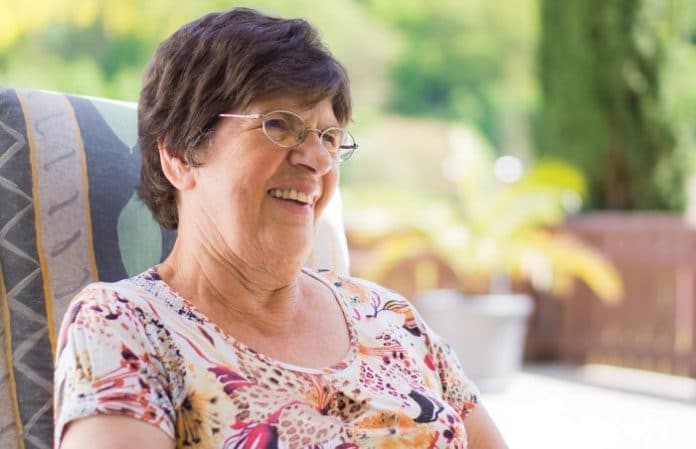
A new study confirms what many seniors using medical cannabis may already know – it appears to be generally safe to use and works well.
Medical treatment for the elderly will become a more pressing issue given the growing and ageing population in some countries. For example, in Australia, the number of people aged 65 years or older is forecast to exceed the number of children aged 0-14 years around the year 2030 according to the Australian Bureau of Statistics.
We may be living longer, but this can also mean more use of medicines and increasingly, seniors are turning to cannabis. The most recent detailed statistics (PDF) from Hawaii show of the 19,858 patients registered in that state’s medical cannabis program, 18.2% are aged 65 or over (3,610).
With the growing number of seniors using these medicines, how are they faring? Are they working – and what about side effects?
A study of 2,736 patients above 65 years of age who received medical cannabis (type/administration method isn’t described in the abstract) from January 2015 to October 2017 via a specialised clinic indicates they are doing pretty well.
The most common conditions treated were pain (66.6%) and cancer (60.8%). After six months of treatment, 93.7% of the respondents reported improvement in their condition and the reported pain level was reduced significantly.
“Our study finds that the therapeutic use of cannabis is safe and efficacious in the elderly population,” state the researchers. “Cannabis use may decrease the use of other prescription medicines, including opioids.”
After a period of 6 months of using medical cannabis,18.1% stopped using opioid analgesics or were able to reduce their dose. As for side effects, the most common issues reported were dizziness (9.7%) and dry mouth (cottonmouth) (7.1%).
An abstract from the study, titled “Epidemiological characteristics, safety and efficacy of medical cannabis in the elderly,” can be viewed here.
The potential for decreasing opioid use, not just among seniors, has been borne out in other studies – here, here, here and here – to name a few.
Prescription opioid abuse among seniors is reaching unprecedented levels and has become an urgent concern says NarcAnon. It’s a 21st century epidemic – back in 1998, abuse of prescribed opioids by the elderly was described as an “infrequent problem“, with only 2 to 3 percent of noninstitutionalized seniors in the USA receiving prescriptions for opioid analgesics in the early 90’s.
No comments:
Post a Comment